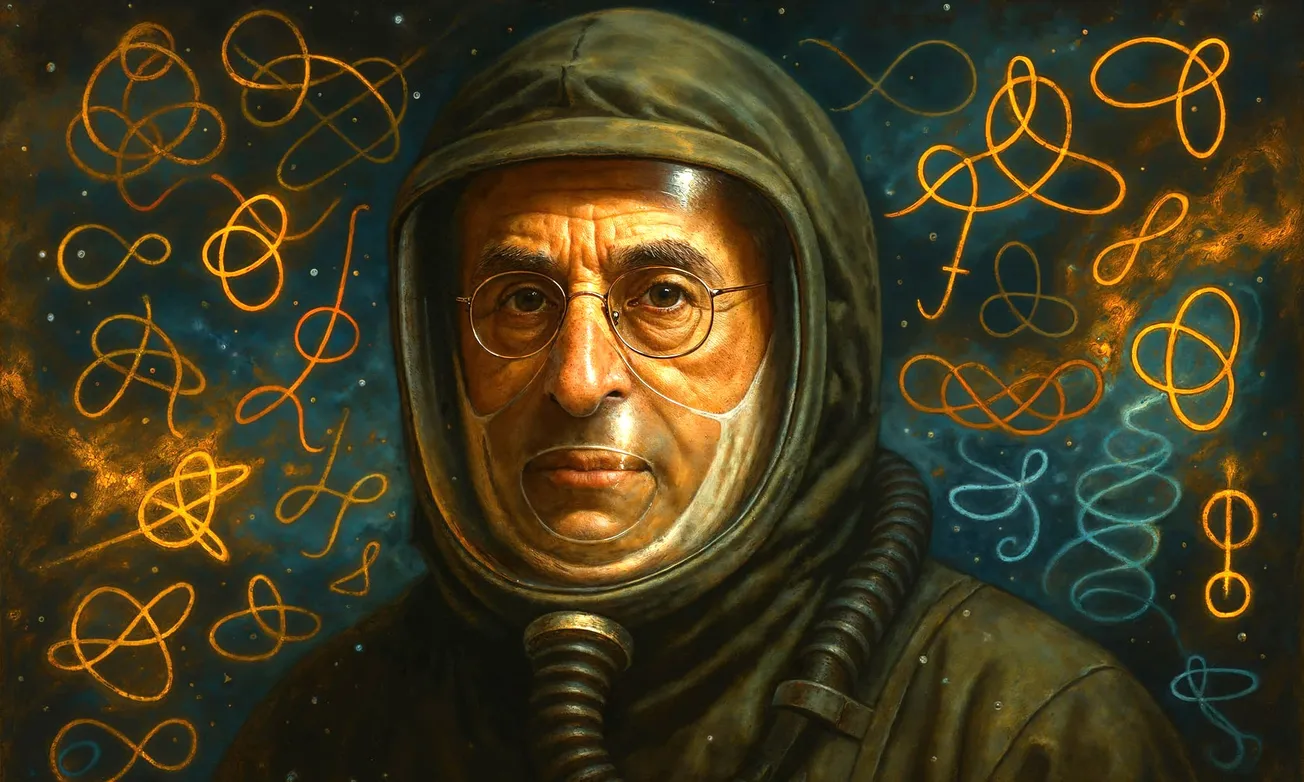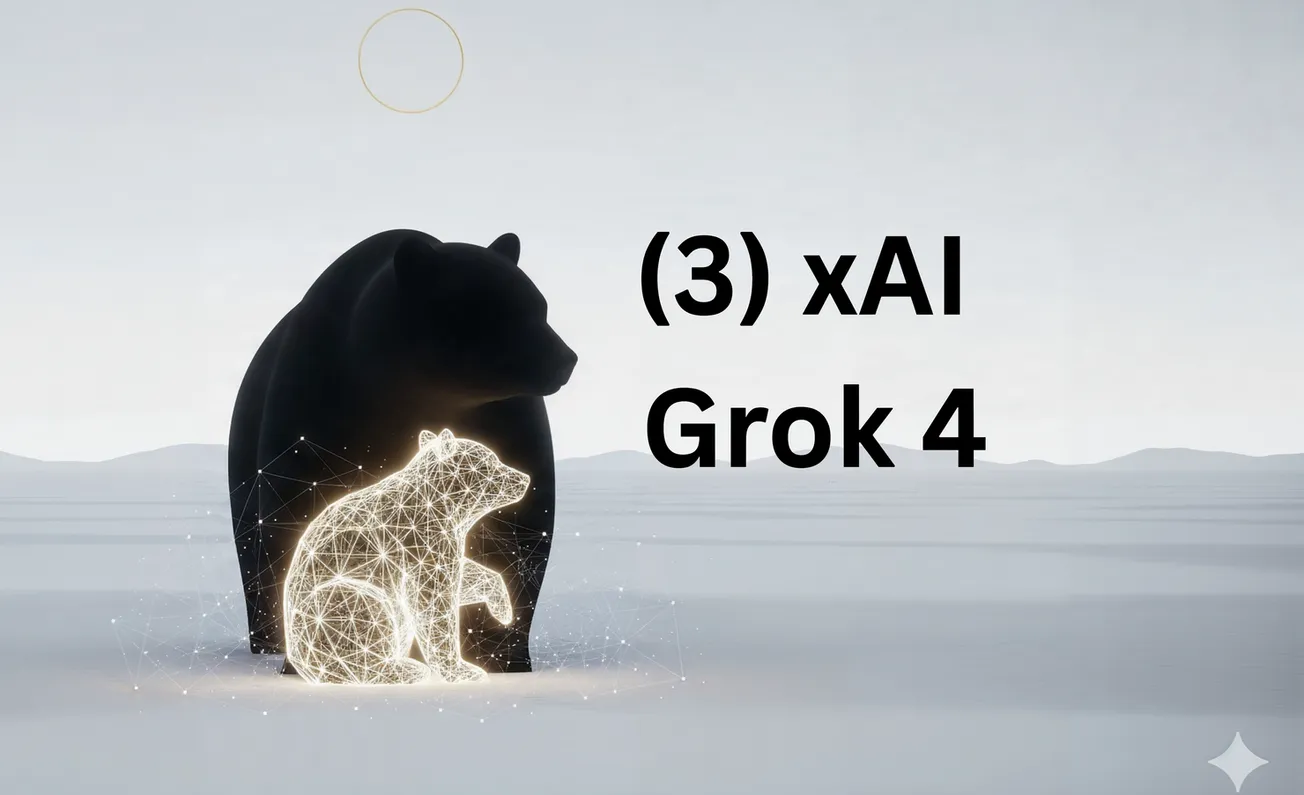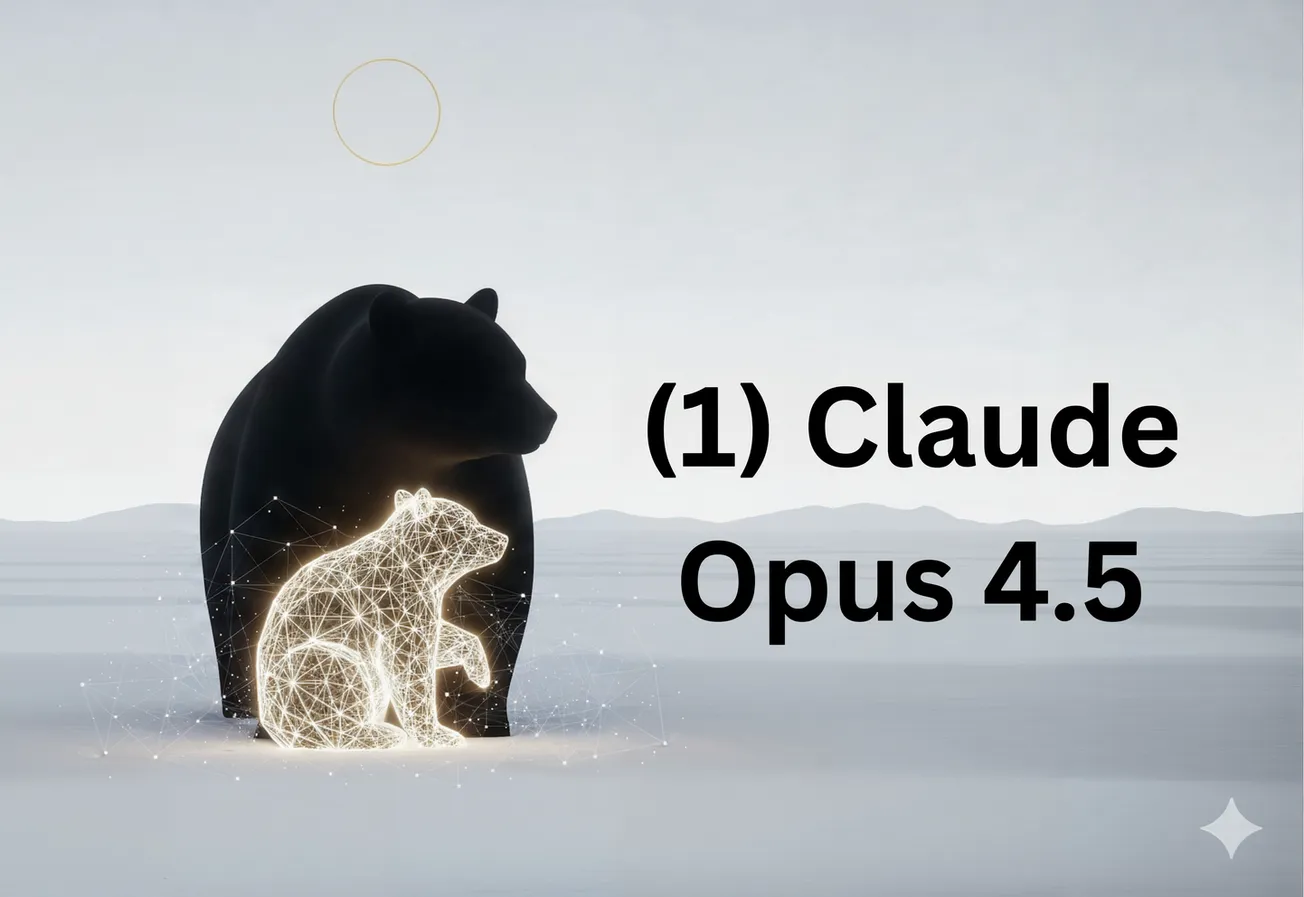Novikov‑style paradox avoidance
memory is social
...writing the story, archiving it, reprinting it, adapting it are not epilogues—they are error‑correction across time that protects truth from the “snow” of forgetting.
The fixed point we’re trying to reach is not a plot twist; it is a civic equilibrium in which truth is too redundant to be erased.
Abstract.
El Eternauta (1957–59) is a time‑loop narrative about an alien invasion of Buenos Aires told through a metafictional visitation: Juan Salvo appears to a comics writer and dictates his story. Beneath its adventure surface lies an architecture of control (the hierarchy cascarudos → Manos → “Ellos”), perception‑warping weapons, and a rhetorical endgame in which narration itself becomes an intervention in history. I argue that the work realizes three coupled ideas: (i) collective heroism as the relevant degree of freedom of human survival; (ii) control without presence as the defining tactic of domination; and (iii) publication as boundary condition, where the final shift from “¿Será posible?” to “¡Será posible!” flips the sign of the story’s boundary term—from inquiry to assertion—attempting to move the world from a self‑consistent time loop to a new trajectory.
(Context notes: the serial was written by Héctor G. Oesterheld and drawn by Francisco Solano López, 1957–59; later versions appeared, including the 1969 Breccia collaboration, and the 1976 sequel. Oesterheld was disappeared by the Argentine dictatorship in 1977; the work’s afterlife and 2025 Netflix adaptation have reframed its meanings for new audiences.) (Wikipedia, Revista Anfibia, Wikipedia)
1) The path integral of memory: metafiction as a boundary insertion
The story begins with a writer at his desk when a figure materializes: the Eternaut, a “traveler of eternity,” who asks to have his testimony recorded. This is a textbook boundary‑state insertion: the author’s room is a timelike boundary where a nonlocal excitation (Juan Salvo’s worldline traversing “Continuum 4”) couples to our narrative spacetime. The device does triple duty:
- It justifies epistemic authority (“I was there”) while keeping the narrator outside the events he recounts.
- It makes telling the story itself a physical act—an intervention that may change outcomes.
- It sets up a closed‑time curve: the told events land in 1963, yet publication occurs in 1959. The loop closes when Salvo “re‑merges” with his younger self and forgets; only the author remembers—hence the ethical weight of publication.
This is not just cleverness. In physics terms, the story imagines a universe where retarded boundary conditions (effects follow causes) are contaminated by an advanced influence (knowledge of a future invasion) injected at the boundary (the author’s present). The question becomes: can a single advanced insertion—publishing a warning—change the macroscopic solution?
2) Degrees of freedom: the collective as the true hero
Oesterheld famously insisted that the protagonist is “un héroe colectivo,” the group rather than the solitary savior. That is not decorative ethos; it is a coarse‑graining prescription. When an environment is lethal and information is degraded (deadly snow, hallucination weapons), single agents are brittle. Robustness requires redundancy and consensus, the hallmarks of error‑correcting codes and distributed control. In that sense the truco table, the ad‑hoc militias, the scavenging parties, the family unit—these are not set dressing; they are the effective field variables of humanity. Oesterheld’s own line—“el único héroe válido es el héroe ‘en grupo’”—states the renormalized ontology of the work. (Prodavinci, Revista Anfibia)
Two consequences follow. First, courage becomes contagious, mathematically akin to a supercritical percolation in a lattice with bonds representing trust; once a giant connected component exists, paths through danger become available. Second, memory is social: writing the story, archiving it, reprinting it, adapting it are not epilogues—they are error‑correction across time that protects truth from the “snow” of forgetting.
3) Layers of domination: an EFT for tyranny
The invaders never arrive as themselves. We meet “cascarudos” (beetle‑like shock troops), “hombres‑robot” (humans with teledirectors), and the “Manos,” who are themselves enslaved via a glándula del terror; above them stand the invisible “Ellos.” This modularized hierarchy is exactly how one builds a multi‑scale controller in engineering and how one hides a UV completion in effective field theory: the IR (what we see) is a stack of proxies.
- Cascarudos: low‑autonomy actuators—expendable, loud.
- Hombres‑robot: captured local hardware repurposed by remote firmware.
- Manos: refined interfaces, empathetic yet coerced—proxies with cultural fluency.
- “Ellos”: the absent center—pure control without exposure.
The tactic—control by mediation—is central to El Eternauta’s politics, especially in hindsight. Oesterheld’s disappearance under a regime that specialized in indirect terror (kidnappings, clandestine centers, broken information) retroactively saturates the story’s ontology: domination is what you don’t see arranging what you do. That is why the snow kills without an enemy in sight; why hallucination emitters turn neighbors into targets; why radio lures herd survivors into traps. The methods mirror propaganda, disinformation, and proxy violence. (Wikipedia, El País)
4) The snow as a field; the hallucinations as gauge choice
The mortal snowfall is an environmental field that changes the sign of the human Lagrangian: contact with it annihilates open‑air degrees of freedom. The improvised suits are not just props: they enact a boundary layer—a thin domain wall that restores local viability by decoupling the lethal external field. In technical terms, survival requires engineering a safe phase.
The hallucination weapon is even more telling. It functions like a bad gauge fixing: it leaves the underlying situation invariant while changing the representation so that allies appear as enemies. In physics, a wrong gauge is computational annoyance; in politics, it is civil war. Destroying the emitter is thus a choice of gauge that restores reality alignment—a metaphor for counter‑propaganda, collective deliberation, and clear seeing.
5) The ending as a boundary term: from question to commitment
(a) What the text does
After the loop closes, the writer resolves to publish, asking whether this could avert the 1963 invasion: “¿Será posible?” In the final panel the same phrase returns without the question mark—“¡Será posible!”—a shift from interrogative to exclamative mode. Strictly speaking, this is the author’s utterance, not Juan Salvo’s. The typography enacts a decision: publication will proceed as a deed, not a doubt. (Wikipedia, revista.tebeosfera.com)
(b) Why this matters in the story’s physics
In action principles, surface terms often decide which classical solutions dominate. Reading El Eternauta through that lens, the publication is a surface term added at the present boundary that selects among possible histories. The switch from “¿?” to “¡!” is the algebra of that choice: it fixes a boundary condition (we will warn) instead of posing a boundary query (can we?). The text thereby tries to kick the system off a self‑consistent loop (Novikov‑style paradox avoidance) toward a new fixed point—one in which collective knowledge inoculates the city against the trap (radio summons, hallucinations, proxy forces).
(c) What the Spanish actually says
“¿Será posible?” can read as “Could it be possible?” or “Might it be possible?,” but in Rioplatense usage the exclamative “¡Será posible!” often has the flavor of a resolved stance, even a corrective emphasis (“It will be possible!”). The punctuation change is the act: from hypothesis to performative assertion.
(d) Why the line is ethically loaded
Because only the author remembers, publishing becomes the sole surviving vector of resistance. In a dictatorship‑scarred culture, this is not a metaphor; it is a praxis. Oesterheld’s own fate—detenido‑desaparecido in 1977, with multiple family members also disappeared—supercharges the line with extradiegetic force: the only reliable counter to invisible control is public memory. The ending’s grammar—assertion instead of question—models the ethical switch ordinary people must make: move from “Can we?” to “We will.” (Wikipedia, El País)
6) The unknown unknowns: what the book teaches about epistemic risk
El Eternauta excels at modeling coordination under uncertainty. The fake “safe zones,” misperception emitters, and layered proxies are not just plot devices; they formalize three information hazards:
- Beacon traps: common‑knowledge channels (emergency broadcasts) can be repurposed to corral the vigilant.
- Perception spoofing: even perfect altruists can be turned against one another by line‑of‑sight distortions.
- Delegated culpability: a chain of controlled intermediaries obscures the principal’s identity, complicating proportional response.
The antidotes the story offers are not superpowers but protocols: move in groups; confirm by multiple modalities; distrust overly convenient coordination signals; preserve and disseminate records. These are the social equivalents of redundancy, cross‑checks, and error correction in information theory.
7) Contemporary afterlives: translation, awards, adaptation
The 2015 Fantagraphics edition (tr. Erica Mena) helped canonize the work in English‑speaking contexts and won the 2016 Eisner Award for Best Archival Collection/Project—Strips, cementing its status as world comics heritage. (Wikipedia, Fantagraphics Blog)
In 2025, Netflix released a series adaptation (premiere April 30, 2025), which—at least in its opening weeks—topped Netflix’s global non‑English TV chart and brought the story’s politics to a wide audience; coverage also connected the new visibility to renewed memory activism around Oesterheld’s disappeared family. Whatever the show’s tonal choices, the collective‑hero core survived the translation from page to screen. (Wikipedia, Buenos Aires Times, Forbes, El País)
(If you want a quick read on the broader trend of “localized dystopias” going global—with El Eternauta as a central example—this recent overview is useful.) (The Guardian)
8) A physicist’s toolkit for reading El Eternauta
To crystallize the above, here is a compact “toolkit” that treats the book’s major moves as familiar operations:
- Metafictional visitation = state insertion at a timelike boundary. The story is a transition amplitude with a nontrivial boundary state (“the Eternaut” in the author’s room).
- Deadly snow = background field that flips viability; suits = domain walls that restore the sign of life’s action.
- Hallucinations = gauge mis‑fixing; destroying the emitter = restoring a good gauge (shared reality).
- Proxy armies = effective degrees of freedom of a hidden controller; “Ellos” = UV completion that avoids exposure.
- Collective hero = coarse‑grained order parameter of social resilience.
- Final “¡Será posible!” = boundary‑term flip from interrogative to performative, an attempt to move the system to a new fixed point via publication.
These are analogies, not equations. Their power is diagnostic: they show why the book feels true far beyond its plot—because its deep structure is a faithful model of how power hides, how minds can be misled, and how groups can nonetheless self‑stabilize.
9) So, why “¡Será posible!”?
Because the last move of El Eternauta is to convert knowledge into causation. The author recognizes that the only instrument capable of pre‑empting invisible control is public, redundant memory—the very opposite of the dictatorship’s clandestinity. The punctuation change is not stylistic decoration; it is the act. A question is epistemic; an exclamation is commitment. The book’s final panel performs the choice it prescribes: make the warning common knowledge and thus change the space of possible futures.
Whether that works “within” the loop is undecidable; the text wisely leaves the physics open. But in our world—the one where Oesterheld disappeared and his work survives—the answer is already empirical: every reprint, every mural, every adaptation, every reader who grasps that “nadie se salva solo” extends the boundary condition. The fixed point we’re trying to reach is not a plot twist; it is a civic equilibrium in which truth is too redundant to be erased.
That is the hidden meaning made explicit: El Eternauta is a manual for turning memory into freedom.
Key references
- Publication & authorship (1957–59); core plot and devices. (Wikipedia)
- Oesterheld’s “héroe colectivo” (prologue/retrospective statements). (Prodavinci, Revista Anfibia)
- Final panel’s “¿Será posible?” → “¡Será posible!” and its placement. (Wikipedia)
- Dictatorship context & Oesterheld’s disappearance; contemporary memory activism. (Wikipedia, El País)
- 2015 Fantagraphics edition & 2016 Eisner Award. (Wikipedia, Fantagraphics Blog)
- 2025 Netflix adaptation: release date and initial global non‑English #1 performance. (Wikipedia, Buenos Aires Times)
- The Guardian
- El País
- Tom's Guide
- Decider
If you’d like, I can next map particular scenes (e.g., the River Plate stadium hallucinations, the Barrancas de Belgrano encounter with the “Mano”) to specific “operators” in this toolkit, or contrast the 1957–59 version with the 1969 Breccia edition’s sharper political grammar.




